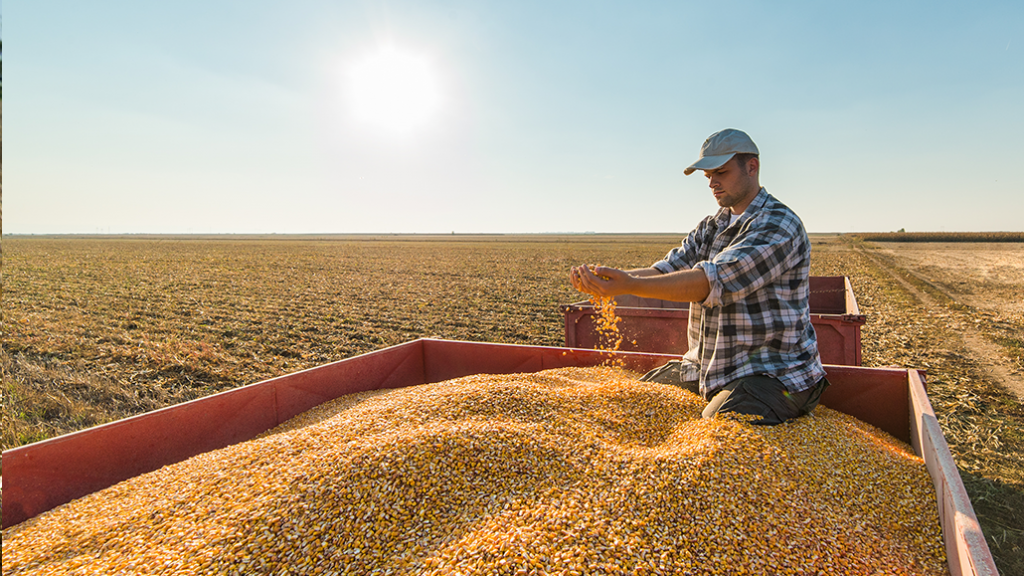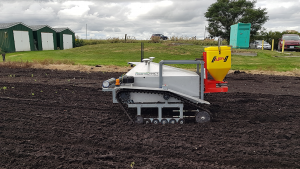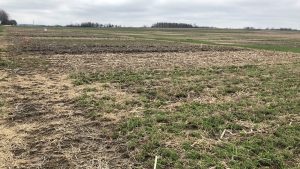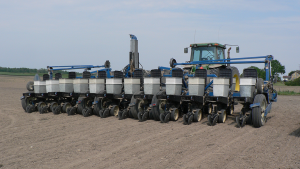Agricultural labour issues persist
HELP IS ON THE WAY

LABOUR SHORTAGES CONTINUE to plague the agri-food industry, and while COVID-19 amplified their effect, organizations are battling on a number of fronts to relieve the pressure.
Recent research by the Canadian Agricultural Human Resource Council (CAHRC) shows that by 2029, there will be a shortfall of 123,000 Canadians to fill vacancies, translating to billions in lost revenue.
“The pandemic brought a lot of issues to the attention of not only agricultural employers but the Canadian public as well,” says Jennifer Wright, CARHC’s acting executive director.
“We had a few more local people considering working in agriculture, with layoffs in the restaurant and retail sectors,” she adds.
While there has been some movement toward filling agricultural vacancies, Wright says that in her discussions with counterparts around the country, she has noticed that the trend of city people moving to the countryside does not necessarily translate into farm and food jobs. In fact, she says because more people are able to work remotely, non-agricultural employers are recruiting in rural areas.
THE COVID EFFECT
In order to get a better grasp on how the pandemic affected the agricultural labour market, CAHRC published a report in the spring of 2021 that showed 41 per cent of employers surveyed said that they could not find all the workers they needed. Of those, 71 per cent said they received fewer Canadian applicants.
“The effects of the pandemic varied greatly by sector, with horticulture and meat processing feeling it the most,” says Debra Hauer, CAHRC’s Agri-LMI (Labour Market Intelligence) manager.
In late 2020, the federal government added grains and oilseeds — along with maple syrup and seed corn — to the National Commodity List, enabling employers in these sectors to apply to the Seasonal Agricultural Worker Program (SAWP).
While the pandemic did not hit grains and oilseeds farmers themselves as hard, shortages of, for example, general labourers and truck drivers, affected all agricultural sectors. These issues have been identified in as-yet unpublished research from CAHRC that will show the gaps in skills and occupation in Ontario’s agriculture and food processing sectors.
“Everyone we talked to — across all the sectors — identified the lack of truck drivers as a problem,” Hauer says. “It’s expensive and time-consuming to become a truck driver, which presents a barrier to entry.”
She also said there is a need for equipment service technicians.
“With the increasing use of computer technology, people are needed to design, install, and maintain this equipment,” she says, adding that a couple of years ago, a dairy farmer told her that it is tough to find techs — who usually live in cities — who are willing to get their boots dirty.
Perceptions of jobs in the agri-food industry are a real barrier to attracting workers.
“People think that all agricultural jobs are minimum wage, when we know there are many opportunities in truck driving, machinery mechanics, software technology, and many other areas that aren’t,” she says.
The seasonality of jobs such as planting and harvesting are also barriers; although in some year-round sectors such as dairy and pork, higher wages and benefits can be offered as an enticement.
Hauer points out that, during the pandemic, many people re-evaluated what their lives were like, and some entrepreneurs opted for striking out and starting their own farms.
“There are a lot of people who have that dream — but becoming a farm worker? Not so much,” she says.
ADDRESSING THE ISSUES
Feeding Your Future is a joint initiative of the Ontario Federation of Agriculture, AgCareers.com, and CareersInFood.com. It was started with funding from the federal-provincial Canadian Agricultural Partnership in May 2020 to help employers find and train workers all along the agri-food chain.
Organizers started an online job matching service to connect farmers and food manufacturers with people seeking employment in the sector. They also presented virtual career fairs across the province in which participants could visit “booths” displaying different food, beverage, and agricultural positions, talk one-on-one via chat or video about the opportunities and either explore various opportunities for employees or find workers for employers.
From June 2020 to September 2021, 19 virtual career fairs were presented with nearly 3,800 attendees. More than 500 employers participated.
“They’ve been able to do a great job of connecting job seekers with employers, and because it’s virtual, it’s easier to make those connections,” says Wright.
The initiative includes a series of webinars and training videos and a social media campaign called Ag@Work with the hashtag #FeatureYourFuture that highlights young people who work successfully in diverse areas of the industry.
AGRI-SKILLS
CAHRC’s Agri-Skills program includes webinars, workshops, e-learning, and on-the-job training aimed at providing training from both the human resources management side and the commodity-specific production side.
“The program comes from subject matter experts who contribute to the development of the occupational standards and definitions of competencies,” says Wright. “They’re national, so it’s easy to access the tools no matter where you are in the country.”
CAHRC’s AgriHR Toolkit has more than 1,400 subscribers. It provides employers with everything they need to find, retain, and support employees and is the result of years of research and field-testing.
TWO NEW PROGRAMS FROM CAHRC
Wright says that her organization is currently doing in-depth research into what kinds of skills will be required in the future.
“We think we have an idea about technology and so forth, but we want to uncover more concrete evidence of how skills may change,” she says, adding that one thing they are seeing is a greater focus on soft skills such as communications, problem-solving, adaptability and teamwork, with the technical aspects of jobs being taught on site.
In the meantime, CAHRC has launched two new initiatives focused on post-secondary students.
“We’re trying to make connections with both agricultural and non-agricultural students,” she says. “We want them to get some exposure to what it’s like to work in the industry regardless of what they’re taking at school.”
In one program, business case competitions will pose real-life agri-food issues to participating students from all faculties, but especially business and STEM (Science, Technology, Engineering and Math). The students will then research the issues, try to resolve them, and present their findings at the competition. People from academia and the industry will provide mentorship to the students as well as judge the competitions. The Growing Our People: Learning about Agriculture in Canada through Business Case Competitions program was launched in September 2021 and the National Agriculture Business Case competition will be held in winter 2022.
In the other initiative, university and college business and STEM faculties partner with local agri-food industry businesses to provide hands-on jobs and training for the students. Employers who participate will receive a $7,500 wage subsidy as well as the fresh perspective that the students will bring. The Student Workplace Placement Program was also launched in September 2021. •











